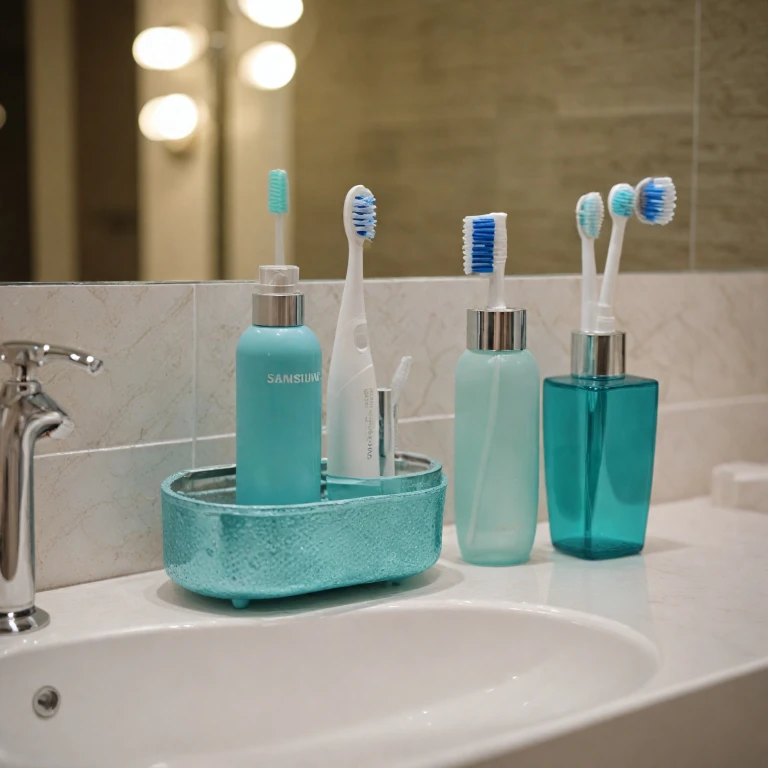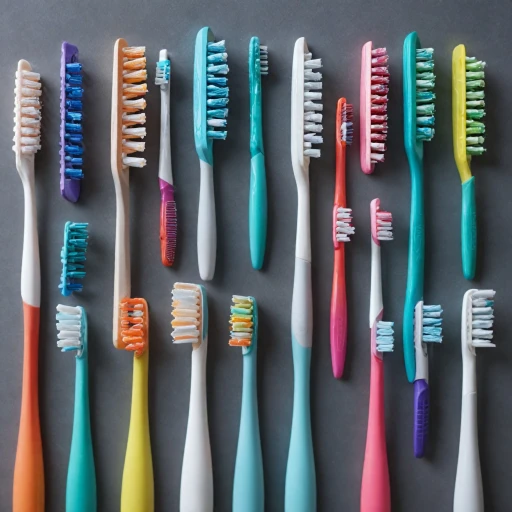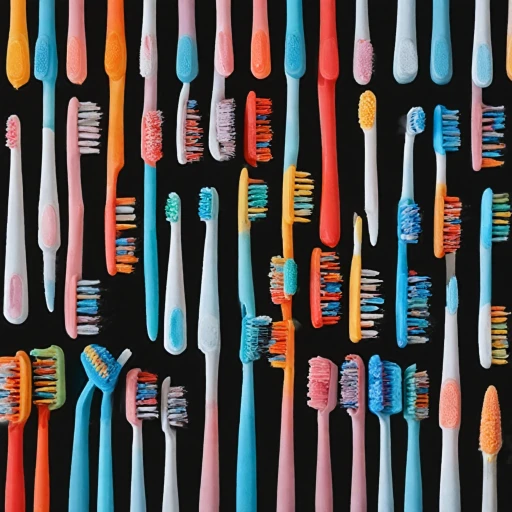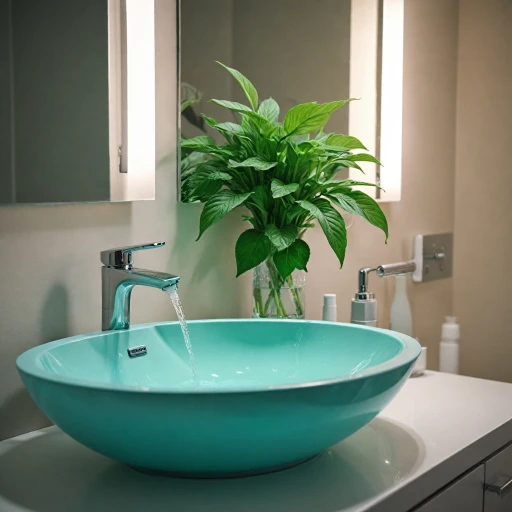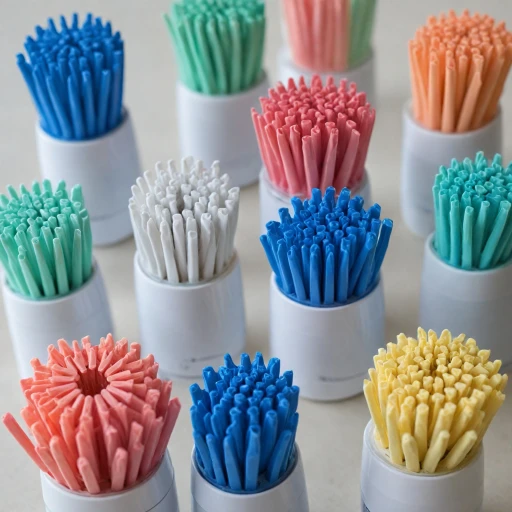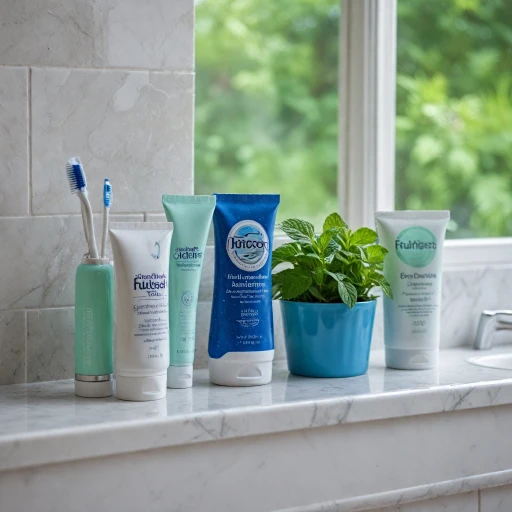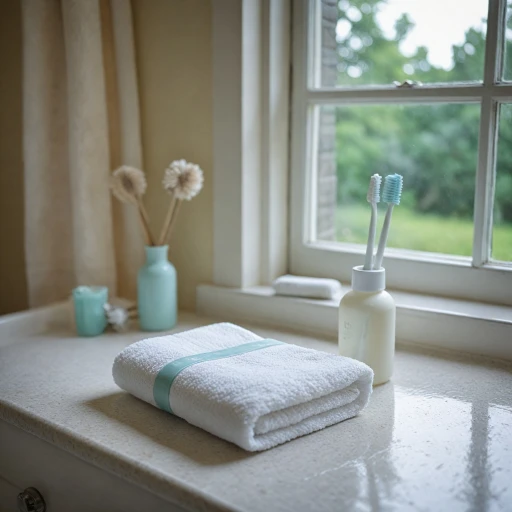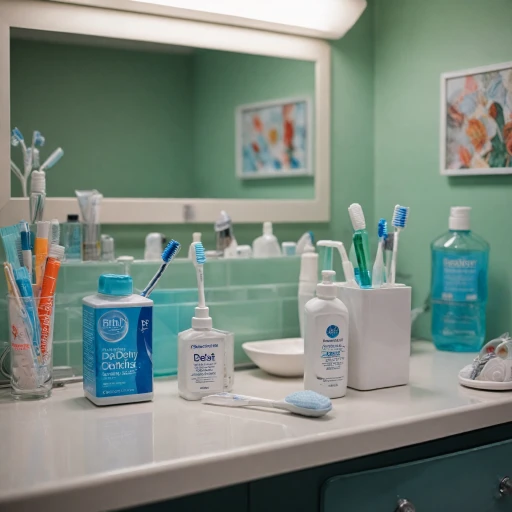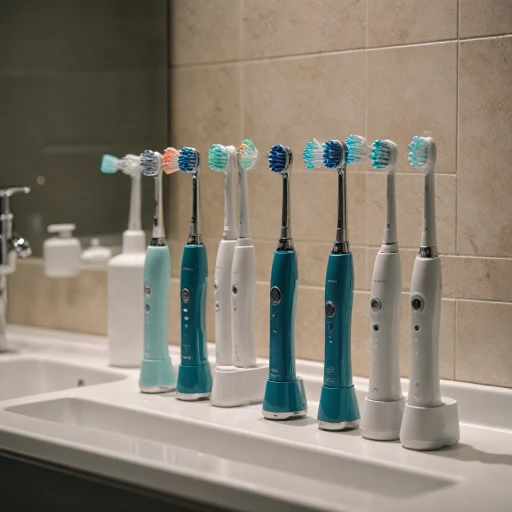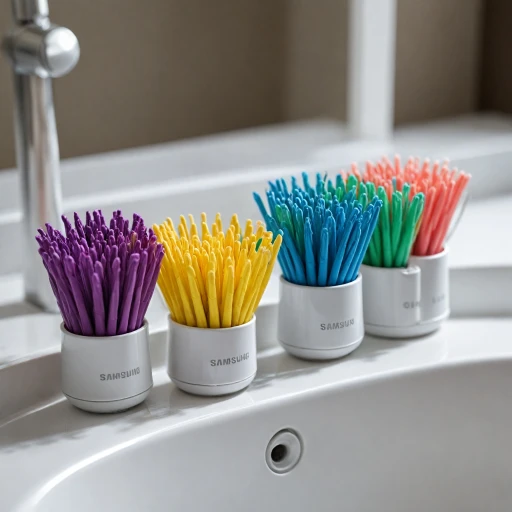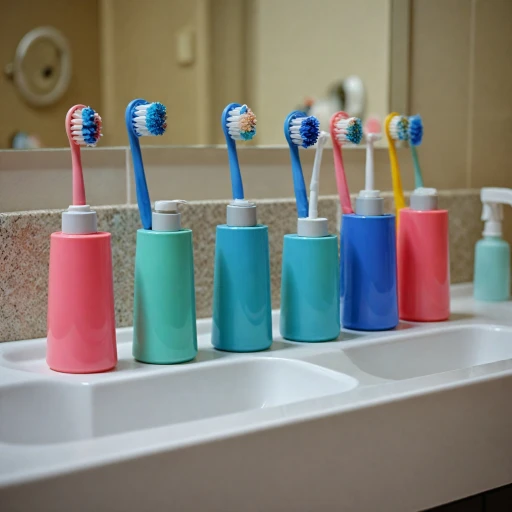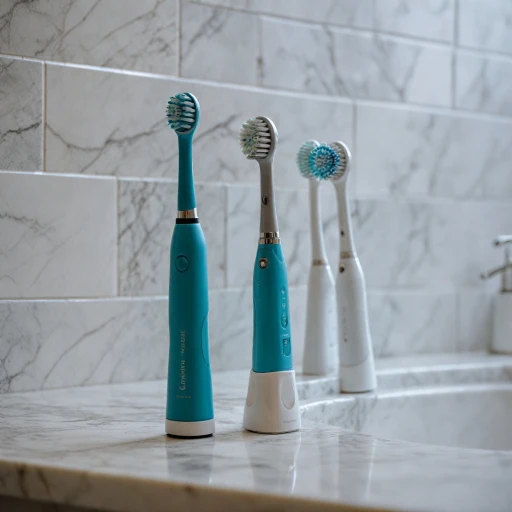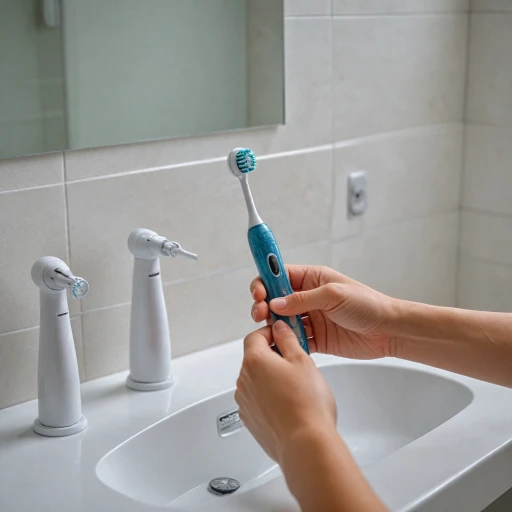
Understanding the Importance of Cleaning Your Electric Toothbrush
The Significance of Regular Cleaning for Your Electric Toothbrush
Maintaining a clean electric toothbrush is crucial for ensuring optimal oral hygiene and preventing the accumulation of harmful bacteria. When you consider your overall oral health, regular cleaning of your toothbrush—particularly the brush head—is a fundamental aspect often overlooked. This is not merely about keeping your toothbrush visually appealing, but also about protecting your mouth from potential bacterial build-up that could compromise your dental health.
Your electric toothbrush's effectiveness can be diminished if not properly cared for. The bristles of the brush head can become clogged with debris over time, impeding their capacity to clean your teeth efficiently. Moreover, bacteria thrive in moist environments, such as the damper areas of your toothbrush, which makes the case for diligent cleaning even more compelling.
Taking care of your electric toothbrush often begins with simple steps such as rinsing it under warm water after use. This practice helps maintain the integrity of the toothbrush head by removing excess toothpaste and other residues.
Regular cleaning extends beyond ensuring the toothbrush is free from visible debris. It involves adopting a routine that will keep the toothbrush clean and fully functional. Consider incorporating the use of solutions such as hydrogen peroxide or white vinegar for deep cleaning, as highlighted in the later sections. These solutions effectively combat bacteria and will help maintain the performance of your electric toothbrush while safeguarding your oral health.
To explore more techniques and gain a better understanding of how these habits contribute to optimal oral care, you can check out this resource on mastering the art of using an electric toothbrush. This article offers additional insights that align with best practices for using and maintaining your electric toothbrush effectively. When you prioritize the cleanliness of your toothbrush, you stand to benefit from improved oral care and a healthier smile.
Step-by-Step Guide to Cleaning the Brush Head
Properly Detaching the Brush Head
Before diving into the cleaning process, the first step is to detach the brush head from the handle. This might seem like a simple task, but doing it correctly can make a difference in maintaining your electric toothbrush. Gently twist or pull off the brush head according to your toothbrush's manual to avoid any damage that may compromise oral health.Using the Right Water Temperature
Once detached, rinse the brush head under warm water. This helps in loosening the debris and toothpaste remnants trapped between the bristles. It's critical to use warm water instead of hot water, as extremely high temperatures can weaken the bristles. Proper care ensures the brush head cleans effectively and lasts longer, contributing to better dental hygiene.Effective Brush Head Cleaning Techniques
To thoroughly clean your toothbrush head and keep bacteria at bay, utilize some popular cleaning agents. Rinsing with a mix of water and hydrogen peroxide can be very effective. For those interested in using natural cleaning methods, soaking the brush head in white vinegar is an excellent alternative. Remember to gently move it around in the solution for a few minutes and rinse thoroughly after, ensuring the bristles remain intact. Considering different types of bristles, it might be beneficial to explore choosing the appropriate bristle firmness that suits your personal oral care needs. This decision can impact how well the toothbrush cleans and maintains your teeth whitening goals.Drying and Storing
After properly cleaning the brush head, let it air dry before reattaching it to the handle. An improperly dried brush creates a conducive environment for bacteria, which defeats the purpose of maintaining oral hygiene. Place the clean toothbrush in a well-ventilated toothbrush holder to ensure it stays dry between uses. Regular care not only promotes better oral health but also extends the lifespan of your electric toothbrush.Maintaining the Handle and Charging Base
Preserving the Handle and Charging Base
Maintaining the handle and charging base of your electric toothbrush is crucial for ensuring its longevity and optimal performance. This part of the toothbrush does not make direct contact with your mouth, but it can still harbor bacteria and grime, which can affect the brush's efficiency and your overall oral hygiene. Firstly, regularly wiping down the handle is essential. Use a damp cloth with a dab of mild soap or a 70% isopropyl alcohol wipe to clean around the buttons and crevices. Make sure to dry it thoroughly to prevent moisture build-up. The charging base also deserves attention. Dust and toothpaste residue can accumulate over time, impacting the charging efficiency. Unplug the base and clean it with a cloth moistened in warm water or white vinegar. Ensure you dry it well before plugging it back in. Avoid submerging the handle in water as it may damage the device's internal components. Instead, a gentle rinse under warm, running water is recommended after each use. This will help in removing any toothpaste build-up that might stick onto the handle. Lastly, consider storing your electric toothbrush in a clean, upright position to allow the bristles to naturally air-dry. This practice not only promotes hygiene but also prevents unnecessary wear and tear on the brush head and handle. For more tips on when to replace your electric toothbrush head, maintaining excellent care is key. Regular care of these components will prolong the life of your electric toothbrush and ensure you continue to receive the best oral health benefits.Common Mistakes to Avoid
Avoiding Mistakes for Optimal Toothbrush Care
Keeping your electric toothbrush in prime condition involves not only an understanding of cleaning best practices but also awareness of common pitfalls. Mistakes can inadvertently undermine your investment in oral hygiene products. Let's explore some frequent missteps and how to steer clear of them.- Ignoring Water Usage
- Using Harmful Cleaning Agents
- Neglecting the Handle and Charging Base
- Incorrect Rinsing Techniques
- Skipping Regular Checks and Replacements
Recommended Cleaning Products and Tools
Optimal Cleaning Products and Tools for Electric Toothbrushes
Maintaining a clean electric toothbrush is vital for ensuring effective oral hygiene. Selecting the right cleaning products and tools can make a significant difference in keeping your toothbrush in optimal condition. Below are some recommended products and tips that will help you take better care of your electric toothbrush.
- White Vinegar and Hydrogen Peroxide: These are effective natural disinfectants that can help reduce bacteria build-up on your toothbrush head. Soak the brush head in a mixture of equal parts water and white vinegar or hydrogen peroxide for about 15 minutes. Rinse thoroughly with warm water before use.
- Mild Soap: Using mild liquid soap and warm water can effectively clean the handle and the brush head. Gently scrub with your fingers, ensuring you reach all the bristles and crevices of the brush head. Rinse well under warm running water.
- Toothbrush Sanitizers: Consider using a UV sanitizer designed specifically for electric toothbrushes. These devices aim to kill microorganisms by exposing the brush head to ultraviolet light, reducing the risk of bacterial contamination.
- Toothbrush Holder: Choosing a well-ventilated toothbrush holder allows the brush to dry properly between uses, which is essential for preventing the growth of mold and bacteria.
Incorporating these cleaning methods into your regular routine will not only help prolong the life of your electric toothbrush but also contribute to better oral health and hygiene. Proper care requires an understanding of frequency and maintenance methods, which should become a cornerstone of your personal care habits.
Frequency of Cleaning and Replacement Tips
How Often You Should Clean and Replace Your Electric Toothbrush Components
Consistent cleaning and timely replacement of your electric toothbrush components are fundamental to maintaining optimal oral hygiene. Here are some tips for ensuring your electric toothbrush performs its best:
- Brush Head Cleaning Frequency: For the brush head, it's crucial to rinse thoroughly with warm water after each use to remove toothpaste and loosened debris. Regular cleaning with hydrogen peroxide or white vinegar can help in disinfecting, reducing bacteria build-up, and maintaining effective dental care.
- Replacement Timeline: The general recommendation is to replace your toothbrush head every three months, or sooner if the bristles show signs of wear. Worn bristles won't clean your teeth effectively, compromising oral health.
- Handle and Charging Base Maintenance: Wiping the handle with a damp cloth weekly to remove grime and periodically checking the charging base for any build-up with a thorough clean ensures longevity and functionality of your electric toothbrush. If the handle or base ever seems excessively grimy, a more involved cleaning might be necessary as outlined earlier.
- Regular Inspections: Look over your electric toothbrush regularly. This insignificant routine check helps you notice any signs of wear, like frayed bristles, which might warrant immediate replacement rather than waiting for the typical three-month period.
Effective oral care requires attention to timing and maintenance, ensuring that your equipment continually provides high-quality cleaning. These practices not only support your personal care routine but significantly contribute to preserving your electric toothbrush's lifecycle and ensuring your teeth whitening efforts are not hindered by a neglected apparatus.
